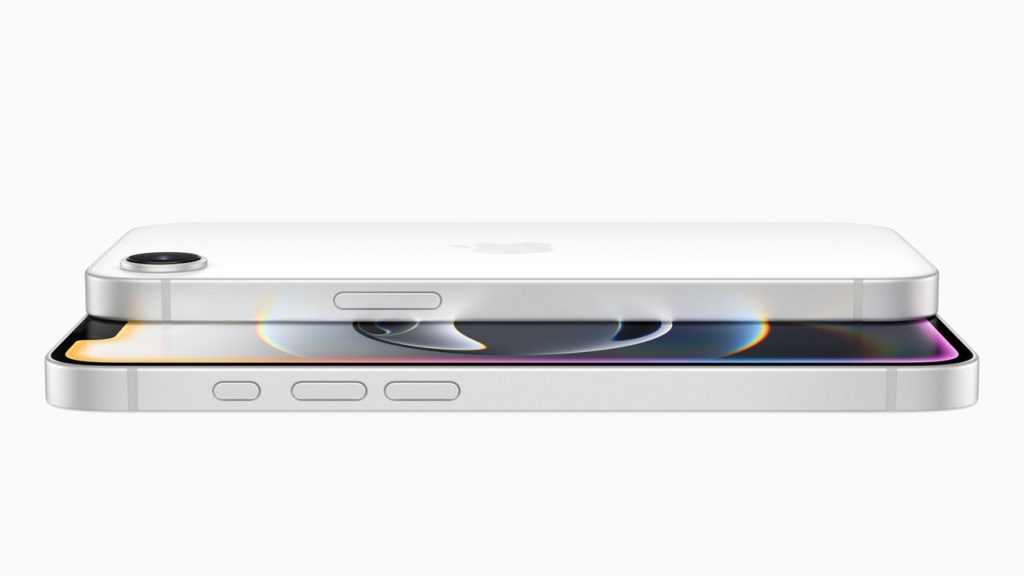Apple leads the global smartphone industry as revenue increase for the phone 16E.

Due to strong demand for the phone 16e and an expansion of its existence in emerging markets, Apple has risen to the top of the global smartphone supplies for the first fourth of 2025. In spite of flat or declining sales in the U.S., Europe, and China, according to a new report from Counterpoint Research, Apple accounted for 19 % of the global smartphone market in Q1 2025, surpassing Samsung’s 18 % share. In Japan, India, Southeast Asia, and the Middle East & Africa, which the company has traditionally seen as extra, but which have grown increasingly significant to its lower series, saw double-digit development. In Q1, the overall device industry increased by 3 % year over year, helped by government grants and a recovering economy in Latin America, Asia-Pacific, and other emerging markets. Mainly strong in January was the momentum that continued with product launches like the Apple mid-cycle phone 16e and the Samsung Galaxy S25. Why Apple’s Q1 gain matters The company generally reaches its Q4 peak after its quarterly fall iPhone launch, but Android OEMs dominate in Q1. By introducing the phone 16e earlier in the year, Apple is changing its sales cycle and competing with Samsung in a typically Android-heavy time. Its victory, in turn, reflects a deeper change in the source of its development. Apple is seeing growth in emerging markets where device deployment is still high as smartphone concentration in North America and Europe. Mainly strong in their respective regions, India and Southeast Asia, which offer volume growth that has been challenging in their main markets. Apple has capitalized on this trend by expanding supply, introducing more attainable models, and putting a focus on region-specific services. The outlook is clouded by economic uncertainty, but the rise may be temporary. Researchers at Counterpoint warn that rising economic uncertainty, growing business hostilities, and Trump taxes are now beginning to have an impact on consumer demand. 13: Stock of the global smartphone market. As a result, Counterpoint revised its full-year projection upwards and then anticipates a slight decline in smartphone shipments in 2025 compared to 2024. Yet the best-performing companies like Apple could face challenges if inflation endures or trade barriers increase. &# 13, Samsung, meanwhile, experienced a sluggish start to the year as a result of the S25’s tardy appearance, but it rebounded in March with robust sales of the lineup and A-series products. Additionally, the high-end S25 Ultra model’s need increased. Xiaomi, Vivo, and OPPO round out the best five, with Vivo rising in the rankings as a result of its ongoing expansion in emerging markets and strong sales in China. Huawei held its position in China, while Honor and Motorola gained internationally. 13, Despite the prevailing gloom in the near future, the long-term image is still difficult. The world smartphone market is extremely fragmented and financially vulnerable, but Apple’s Q1 guide is a milestone. The business will need to keep evolving to stay ahead, not just with its products, but with market timing, pricing strategies, and local focus.
 [#title_spinnerchief]
[#title_spinnerchief]  [#title_spinnerchief]
[#title_spinnerchief]  [#title_spinnerchief]
[#title_spinnerchief]  [#title_spinnerchief]
[#title_spinnerchief]  [#title_spinnerchief]
[#title_spinnerchief]  [#title_spinnerchief]
[#title_spinnerchief]  [#title_spinnerchief]
[#title_spinnerchief]